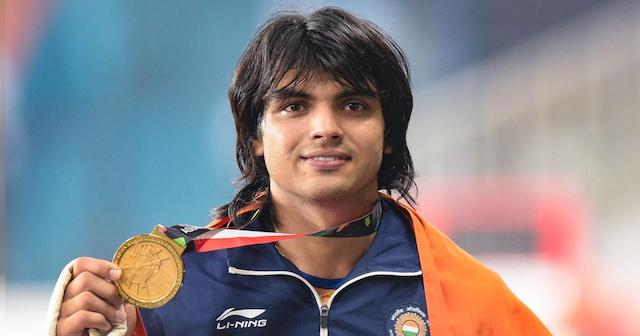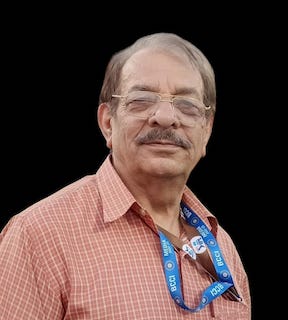Neeraj Chopra’s meteoric rise in Indian sports, culminating in his historic Olympic gold at the 2020 Tokyo Olympics, has been a beacon of pride for the nation. His continued dominance, highlighted by a silver medal at the 2024 Paris Olympics and a near miss at the Brussels Diamond League Final, has further cemented his status as a sporting icon. On September 15, 2024, Chopra narrowly missed the gold by 0.01 meters, a testament to his enduring competitiveness despite managing a recurring groin injury.

While Chopra’s achievements are monumental, they raise an important question: Should India continue to rely on individual sports icons like him, or should the country focus on building a robust ecosystem to nurture a generation of world-class athletes across multiple disciplines?
The Legacy of a Sporting Icon
Neeraj Chopra’s success is a symbol of perseverance and talent, shining a spotlight on a sport that once lacked widespread attention in India. Before his rise, the javelin throw was a niche event, but Chopra’s global achievements have inspired millions of young Indians to explore athletic excellence beyond traditional sports like cricket. His journey shows that, with dedication and support, Indian athletes can break barriers and compete on the world stage.
However, India has a tendency to celebrate individual sporting heroes without addressing the broader systemic issues in Indian sports. Over the years, the country has seen flashes of brilliance from athletes like Milkha Singh, PT Usha, Saina Nehwal, and PV Sindhu. Yet, their successes often overshadow the lack of a sustained and structured effort to develop talent across all levels.
The Call for a Comprehensive Sporting Ecosystem
Relying solely on exceptional athletes like Neeraj Chopra is not a sustainable path for India, a country of immense potential. What India truly needs is a comprehensive sports ecosystem that nurtures talent consistently across multiple disciplines. This calls for investment in infrastructure, grassroots development, top-tier coaching, sports science, and long-term policy planning.
Infrastructure and Facilities
India must invest in modern sports complexes across urban and rural areas, ensuring young athletes have access to world-class facilities from an early age. These resources will help them develop the technical skills and conditioning required to compete at the highest level.
Grassroots Development
Grassroots programs are essential to identify and nurture talent, especially in rural and underprivileged areas. By establishing structured academies and training centers, India can tap into its vast pool of talent and ensure that athletes receive the support they need to excel.
Coaching and Sports Science
To produce a generation of world-class athletes, India must invest in elite coaching and integrate sports science into training regimens. This includes focusing on nutrition, biomechanics, mental health, and injury prevention, which are crucial to athlete longevity and performance.
Policy and Funding
Financial insecurity remains a significant barrier for many aspiring athletes. Government initiatives like “Khelo India” have provided some support, but long-term, consistent funding is necessary. Athletes must feel financially secure throughout their careers to focus entirely on their training and development.
Promotion of Lesser-Known Sports
Neeraj Chopra’s success underscores the need to diversify India’s focus beyond cricket. Sports like athletics, gymnastics, swimming, and wrestling have the potential to bring international recognition. By promoting these disciplines, India can broaden its horizons and maximize its chances of success on the global stage.
Changing India’s Sporting Narrative
A crucial step toward building a sporting powerhouse is changing how sports are perceived in India. Traditionally seen as a hobby or secondary pursuit, sports need to be recognized as a viable and respected career path. Schools, communities, and parents must actively support young athletes in their ambitions, encouraging them to pursue sports as a profession.
Sports education should be a core component of school curricula, allowing children to balance academics with athletics. By creating a culture that values sports as much as other career paths, India can ensure that talent is recognized, nurtured, and celebrated from a young age.
The Road Ahead
Neeraj Chopra’s success is not just a personal achievement but a rallying call for the country. India stands at a crossroads, where it must decide whether to continue relying on individual brilliance or to build a system that consistently produces champions. The choice is clear: India must invest in creating a legacy of sporting excellence that goes beyond one hero. The future of Indian sports depends on the decisions made today to reshape its foundations, laying the groundwork for a new era of athletic success.
The next Neeraj Chopra, or perhaps a generation of them, awaits in India’s untapped potential. The time to act is now.

Arvind Sharma is an award winning bi-lingual journalist with more than 20 years of experience.
He has worked with Divya Himachal, Dainik Jagran, Dainik Bhasker, Vir Partap, Ajit and PTI.
In 2010, he was conferred the Himachal Kesri journalism award. He reports on the Tibetan Government in Exile, politics, sports, tourism and other topics. He lives in Dharamshala.


